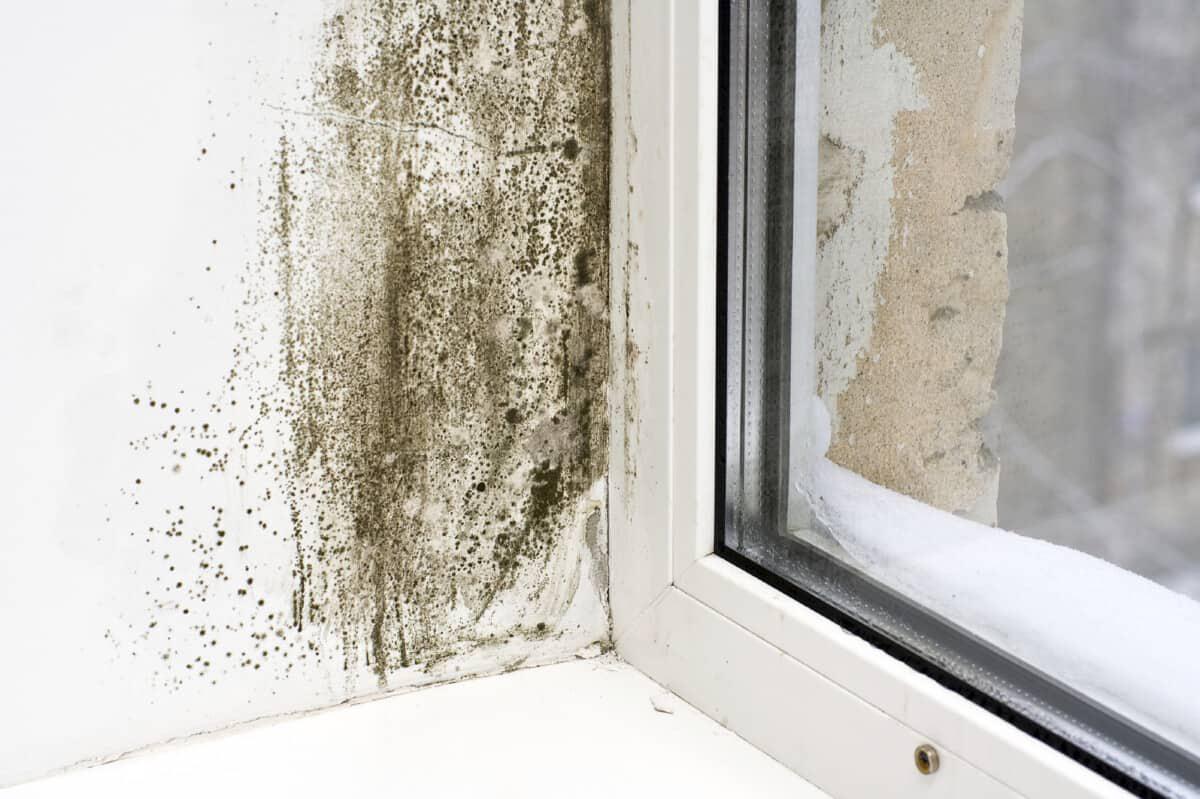Condensation, damp and mould

Understanding Damp and Mould In Housing Disrepair: A Guide for UK Tenants
Damp and mould are common problems in rental properties across the UK, often leading to property damage and serious health risks. If left untreated, they can cause respiratory issues, allergic reactions, and long-term structural damage to your home. As a tenant, knowing your rights and how to address these issues is essential to ensuring a safe and habitable living environment.
What Causes Damp and Mould?
Damp and mould in homes typically result from three main causes: condensation, penetrating damp, and rising damp. Understanding the differences can help you take the right steps to prevent and resolve these issues.
1. Condensation
Condensation is the most common cause of damp in UK homes. It occurs when warm, moist air meets cold surfaces like windows, walls, or ceilings, turning into water droplets. Over time, this moisture creates the perfect environment for mould growth.
Common causes of condensation include:
- Inadequate ventilation
- Insufficient heating
- Everyday activities such as cooking, showering, and drying clothes indoors
How to reduce condensation:
- Use extractor fans in kitchens and bathrooms
- Open windows regularly to improve ventilation
- Keep heating consistent to prevent cold spots
- Avoid drying clothes indoors without proper ventilation
2. Penetrating Damp
Penetrating damp occurs when moisture enters a property from the outside, usually due to structural defects such as:
- Leaking roofs and gutters
- Cracks in walls or broken brickwork
- Gaps around doors and windows
Signs of penetrating damp:
- Damp patches on walls or ceilings that get worse when it rains
- Peeling paint or wallpaper
- A musty smell in affected areas
If you suspect penetrating damp, repairs should be carried out as soon as possible. Your landlord is responsible for fixing structural issues that lead to damp problems.
3. Rising Damp
Rising damp occurs when moisture from the ground moves up through the walls of a property due to a defective or missing damp-proof course (DPC). This type of damp is less common but can cause significant damage if not addressed.
Signs of rising damp:
- A visible tide mark on walls
- Peeling plaster or wallpaper
- A damp, musty smell near floor level
Health Risks of Damp and Mould
Exposure to damp and mould can lead to various health issues, particularly for young children, the elderly, and individuals with respiratory conditions. Common health effects include:
- Asthma attacks and breathing difficulties
- Skin rashes and allergic reactions
- Sinus infections and weakened immune systems
Tenant Rights and Landlord Responsibilities
Under the Landlord and Tenant Act 1985, landlords are legally responsible for ensuring that rental properties are in a safe and habitable condition. If damp and mould are caused by structural problems, landlords must take action to resolve them.
Your Rights as a Tenant:
- Your landlord must fix any structural defects causing damp and mould.
- They must ensure proper insulation, ventilation, and heating.
- They should respond to repair requests in a timely manner.
If your landlord fails to take action, you have the right to report them to your local council or seek legal assistance.
Steps to Take if Your Landlord Ignores the Problem
If you have reported damp and mould issues but your landlord has not responded, follow these steps:
- Document the Issue – Take photos and videos of the affected areas.
- Keep Records – Save all emails, letters, and texts sent to your landlord.
- Send a Formal Complaint – Submit a written complaint detailing the issue and requesting repairs.
- Report to the Local Council – If your landlord refuses to act, your council’s Environmental Health Department can inspect the property and take enforcement action.
- Seek Legal Advice – If the problem persists, you may be eligible for compensation.
How to Prevent Damp and Mould in Your Home
While landlords are responsible for fixing structural damp issues, tenants can take proactive steps to prevent damp and mould:
- Keep rooms well-ventilated by opening windows and using extractor fans
- Wipe down condensation on windows and walls daily
- Avoid blocking air vents with furniture
- Keep heating at a steady temperature to prevent cold spots
- Use a dehumidifier if necessary
Need Help? Contact Disrepair Legal
If you’re experiencing damp and mould in your rental home and your landlord isn’t taking action, you have legal rights. At Disrepair Legal, we specialize in helping tenants claim compensation and ensure landlords meet their obligations.
🔗 Visit Disrepair Legal today to start your claim and improve your living conditions!